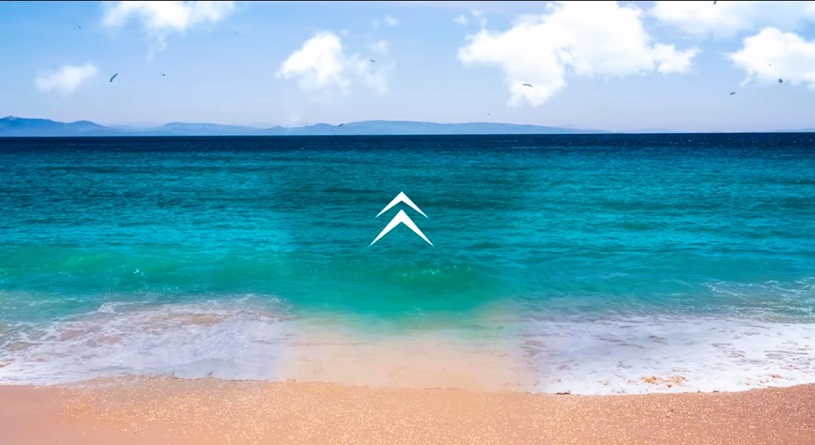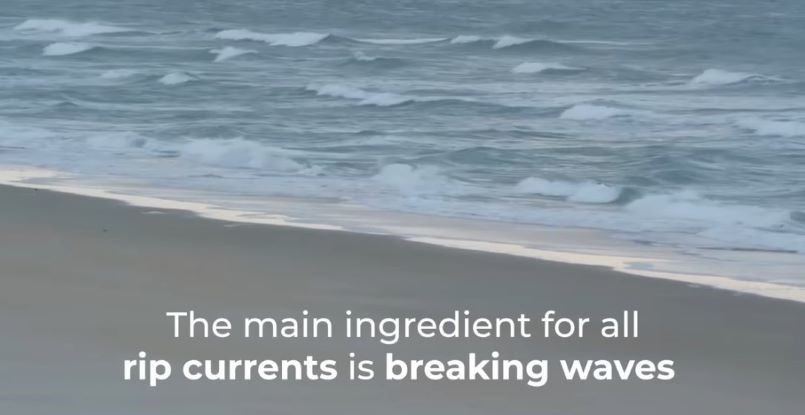
Oh, what a rough summer it has been already. And yet, we still have not even reached the 4th of July on the calendar. In Puerto Peñasco, there was a terrible tragedy involving an alleged fatal electrocution of an El Paso man in a Sonoran Sea Resort hot tub. Sharks have attacked people from Florida to Maui. Plus, deadly tornadoes and a widespread dangerous heat wave. The last thing we needed is a wave of deaths from rip currents on top of all that. But sadly, it is exactly what we have.

What are Rip Currents?
Rip currents have been all over the network news lately after claiming about a dozen American lives recently. These are narrow but very powerful streams of water. For people caught in rip currents, it is a scary an experience because it feels like the sea is pulling you under the surface. But instead, the reality of rip currents is they will quickly pull you out to sea away from the beach.
Don’t call it a rip tide because these are much different. Rip tides are Instead an entire tide pulling out water out to sea from the beach. Whereas these currents we are talking about here are much smaller and much less predictable. In addition, they are much harder to spot from ground level on a beach. You would have to notice differences such as darker or different colored water, or gaps in waves. Such nuances are not exactly top of mind during fun at the beach, especially considering the shape and location are ever changing. And a brightly shining sun beating down on the sea doesn’t help awareness.

What Causes Rip Currents?
As strange as it sounds, these are one of the natural phenomena of the oceans and seas. They are also one of the most common. It makes you wonder why more people don’t seem to know about rip currents. Most beach lifeguard rescue efforts are in some way related to these events.
What happens is pressure builds up between the beach and the waves. The pressure forms rip currents when waves break close to the shoreline. Because water gets forcefully pushed onto the beach it piles up between the waves and beach. As a result, when it returns to the sea, it does so in fast and forceful narrow channels. Usually, these are perpendicular to the shoreline.
The wind is often one of the key factors. However, the proximity of piers, jetties, sandbars, and gaps in reefs are other variables which can commonly impact currents.

The rapid speed at which rip currents happen only intensifies the sudden surprise for a person.
Typically, you can be swept away at a rate of 1-2 feet…per second.
However, some have been measured much faster. Try about 8 feet per second. Even legendary Olympic swimmer Michael Phelps couldn’t keep up with that pace. Nor can you.
How to Safely Escape the Current
Let’s keep it real, shall we? All the experts will tell you if you find yourself in a rip current, don’t panic! Well, such smart but simple direction is easier said than done. You’re human. Of course you will be scared. However, hopefully, gaining this knowledge here will kick in quickly right after the initial wave of fear washes over you.
Before such an experience ever happens to you, know the worst thing to do is try to go against any current taking you out to sea. You will only exhaust yourself quickly, and that is always a losing battle not a solution.
Simply put, swim sideways to escape rip currents.
Try not to go toward the shore, but not swim too much further away from it either. Remember, unlike a rip tide, rip currents are narrow. You should be able to escape it pretty quickly. And you will know when you break free because the force of the current will be much less.

Take a look at this great graphic from the University of Michigan. It shows you how rip currents go and why swimming sideways is any swimmer’s best solution for getting away safely. So why you ask would the University of Michigan be focused on rip currents? Well, it is because they are so common, they even occur on beaches of The Great Lakes.
The Sea of Cortez in Rocky Point Mexico doesn’t have many examples of rip currents. But you can be prepared if you’re faced with one. Thank you for taking in this knowledge drop. In addition to remembering this, please feel free to share it with other beachgoers who could benefit from it.

